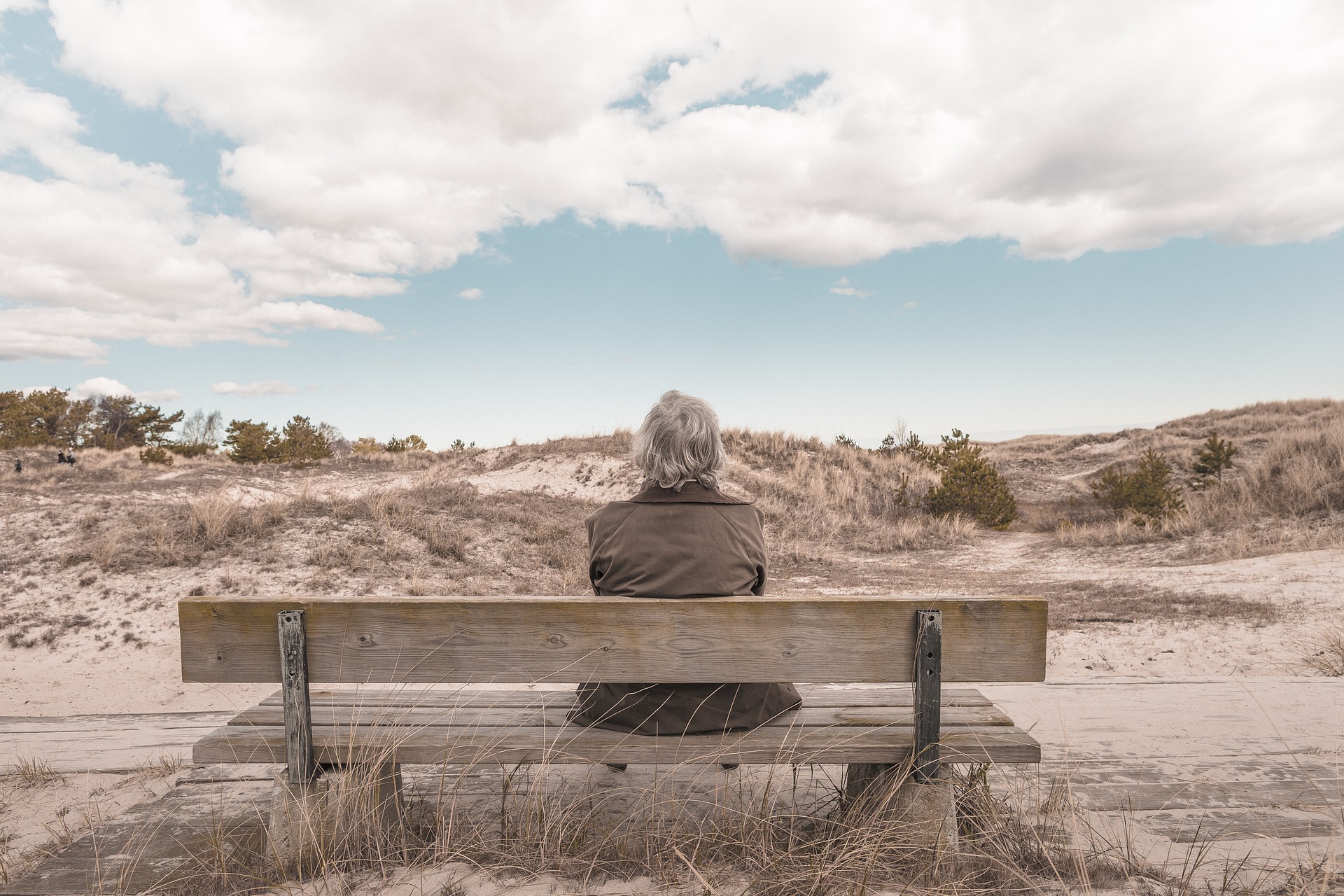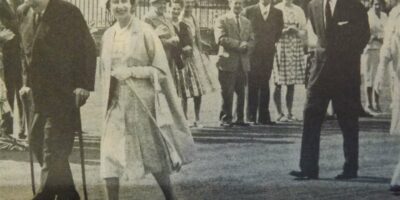Robyn Taylor explains how the different stages of dementia affect what a person can do, and what they need, as well as suggesting how to continue providing them with meaningful and worthwhile engagement…
I recently had the opportunity to read Jackie Pool’s ‘Activity Level’ book – a vital addition in any activity director’s library – and it made me think about things that I maybe should have known, but that maybe sometimes need pointing out. When it comes to dementia care, a lot of it is common sense, but there are some things which, until someone mentions it, you just don’t consider.
A lot of homes have in-house training, but I think to get the best knowledge of providing activities for people with dementia, you must do your own research and investigate external training courses. It’s not just about looking at activity ideas on Pinterest and being creative. It’s about learning how to engage with the person, how to gain their trust and how, at every level of dementia, you can support the person in therapeutic activities. We all think we are experienced in our role, until you learn something new and you realise there is so much more we could and should know, and should be doing!
Group activities tend to take place in care homes where people with a range of different abilities attend. A lot of homes tend to think ‘the more people in a class the better’ – but that simply isn’t the case. When a person has dementia, they need extra support in a non-busy environment. Excess noise and commotion can cause the person to lose their concentration and even become distressed. Smaller groups and one-to-one activities are more meaningful – and we have written on the benefit of these before. When you walk around a care home with a lot of noise and entertainment going on, it can look great, but if it is quiet, that is often a good sign as the staff are engaged in therapeutic one-to-one moments – which we’ve written more on here.

I speak with a lot of carers and activity coordinators who look after people with dementia and it makes me very sad to hear, “They can’t do that, they can’t join in. They’re too far gone.” In that instance, what are we doing to help? I hope the ideas in this article can inspire you to create your own moments with people at the later stages of dementia.
These are the simple ways the stages of dementia differ:
- People who are experiencing the early stage of dementia can still work towards a goal and still solve problems. When speaking with the person, just remember to keep the sentences short and be present to help when needed.
- A person with early to mid-stage dementia likes to be in familiar surroundings and to still be involved. It’s not about the end goal, it’s about joining in.
- Someone with mid to late-stage of dementia, likes to focus on sensory stimulation. You must engage through short instructions, reinforced with demonstrations.
- A person who has late-stage dementia is often unaware of their surroundings or their own body, so it is important that you focus on the reflex response to direct stimulation to support them with self-awareness.
Top Tips:
- Always engage with the person first.
- Introduce yourself (even though you have seen them many times today).
- Use positive body language and facial expressions.
- Use short instructions when carrying out a task. For someone who is mid to late-stage dementia, focus on the action and the object, saying for example, ‘Hold the pen’. For someone who is at a late-stage, simply say, ‘Hold’.
- Always accompany an instruction with a demonstration.
- Do not overstimulate the senses.
Activities that are good for people with later-stage dementia are often the most simple and the most rewarding. We love the idea of barefoot walking – something that reconnects us with the ground and operates on a stimulating, but also a soothing level. You can see some guidance on doing this here.
Smelling flowers is also another fantastic activity, that you can do nearly all year round, and can be done inside or outside. Get residents to touch the flowers too, feel their different shapes and textures, and enjoy the very different smells each one has. You can see some guidance on doing this here.

Whatever activity you are planning, you will be able to adapt it for most levels of dementia by simplifying it. If you have a group art activity planned, for example, follow it up by visiting a resident in their bedroom who wasn’t able to join in, allowing them to feel the sensation of holding a paintbrush and its movement on the paper. This is worthwhile, even if it is only for a few seconds.
The most important thing to remember is that it is a team effort, and every member of staff should have the knowledge and the confidence to be able to engage with people at each of the different stages of dementia.




